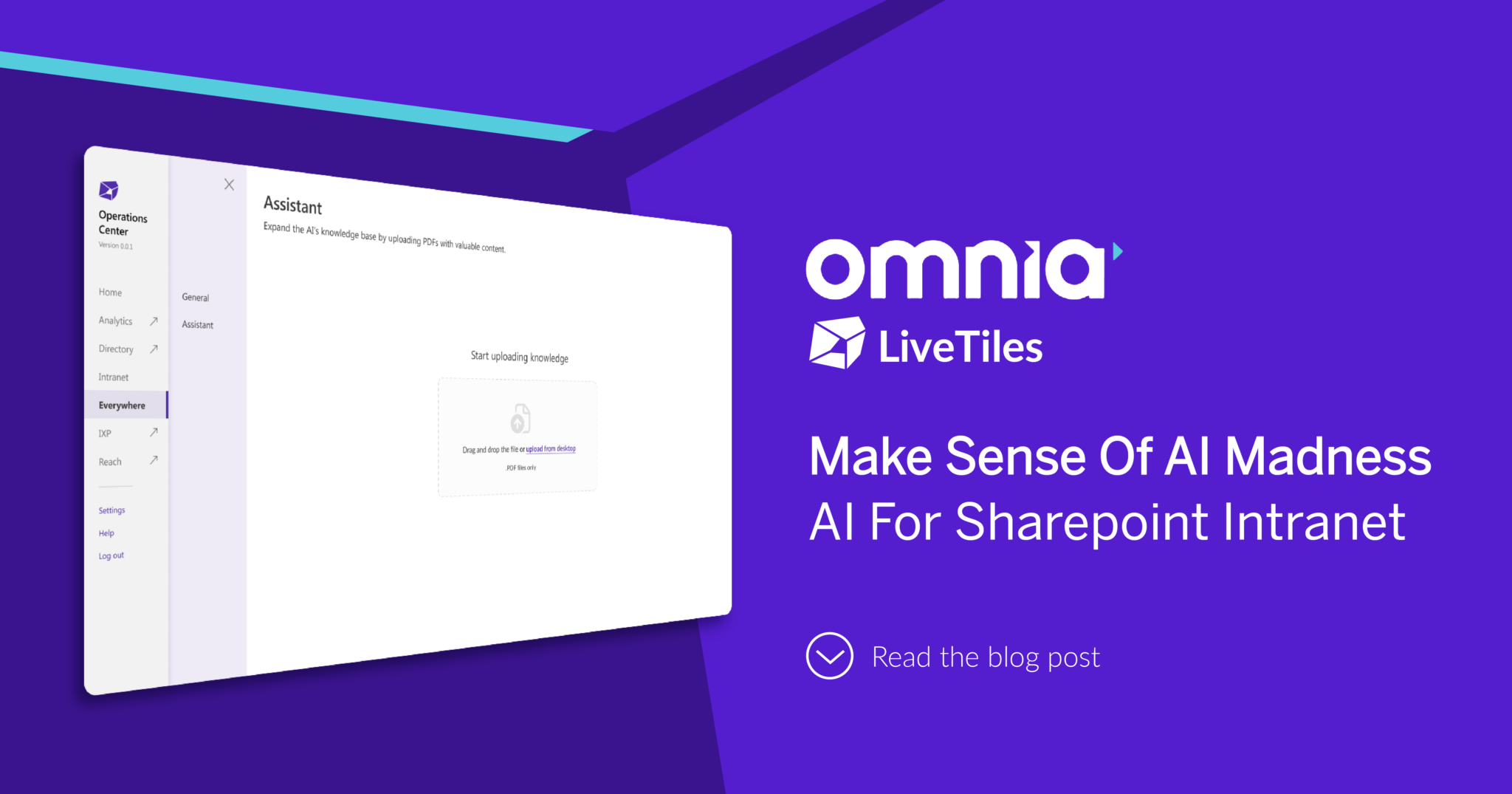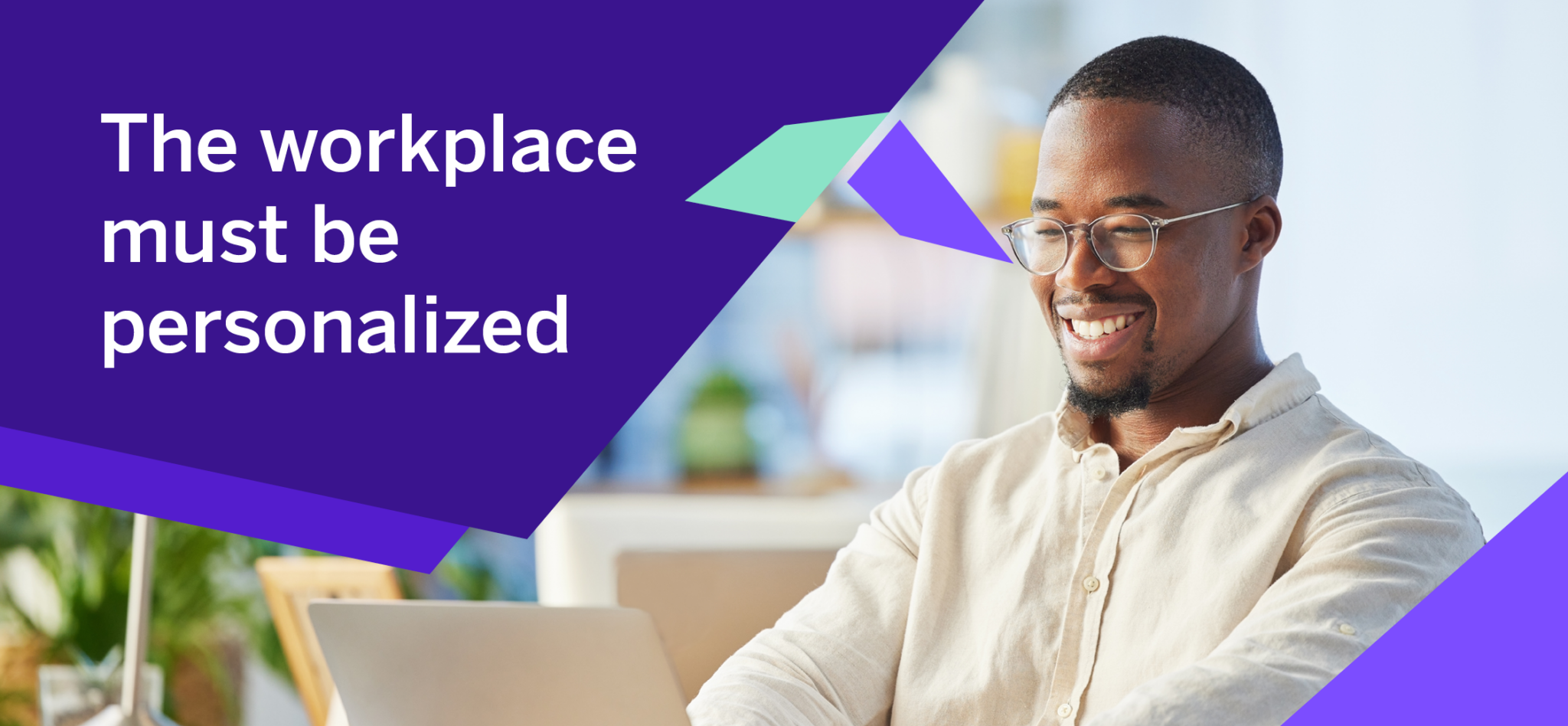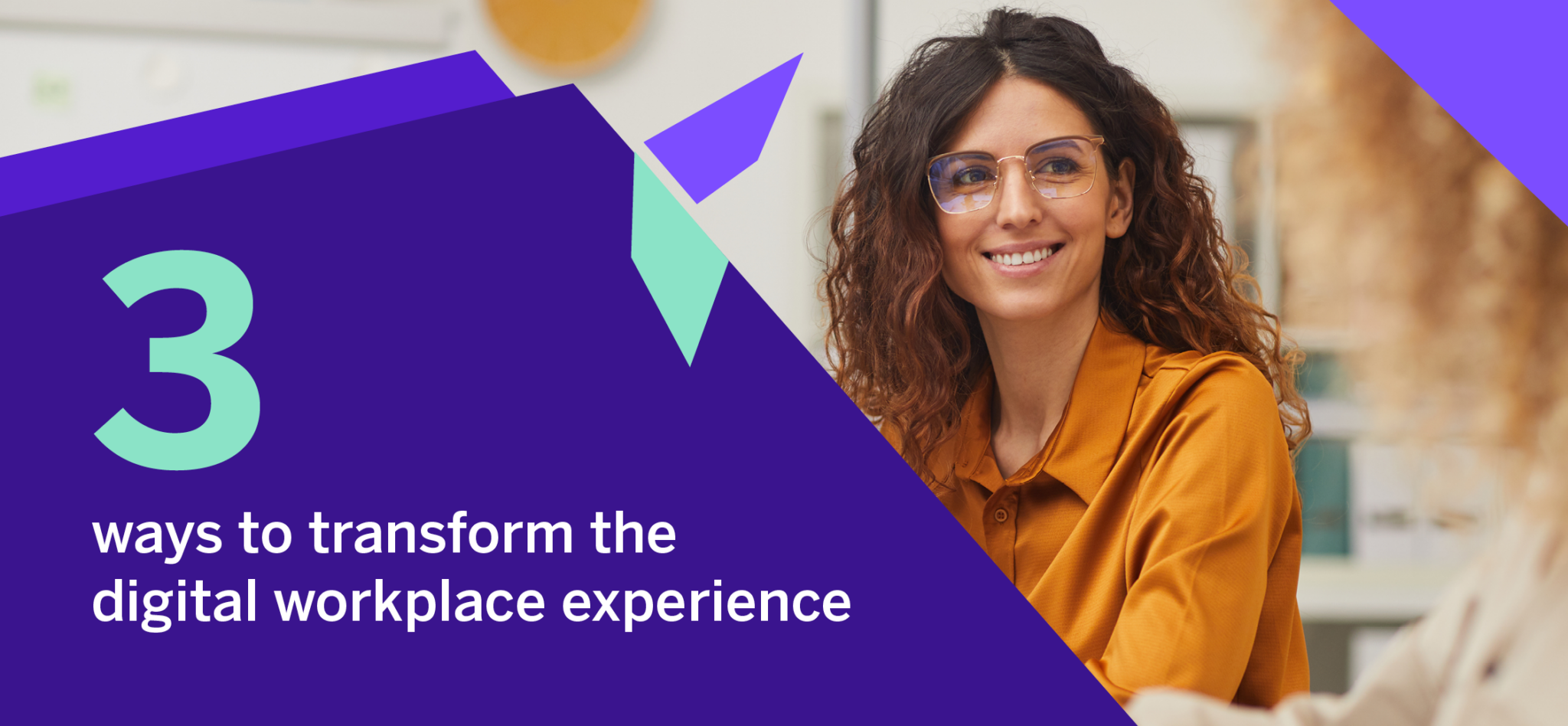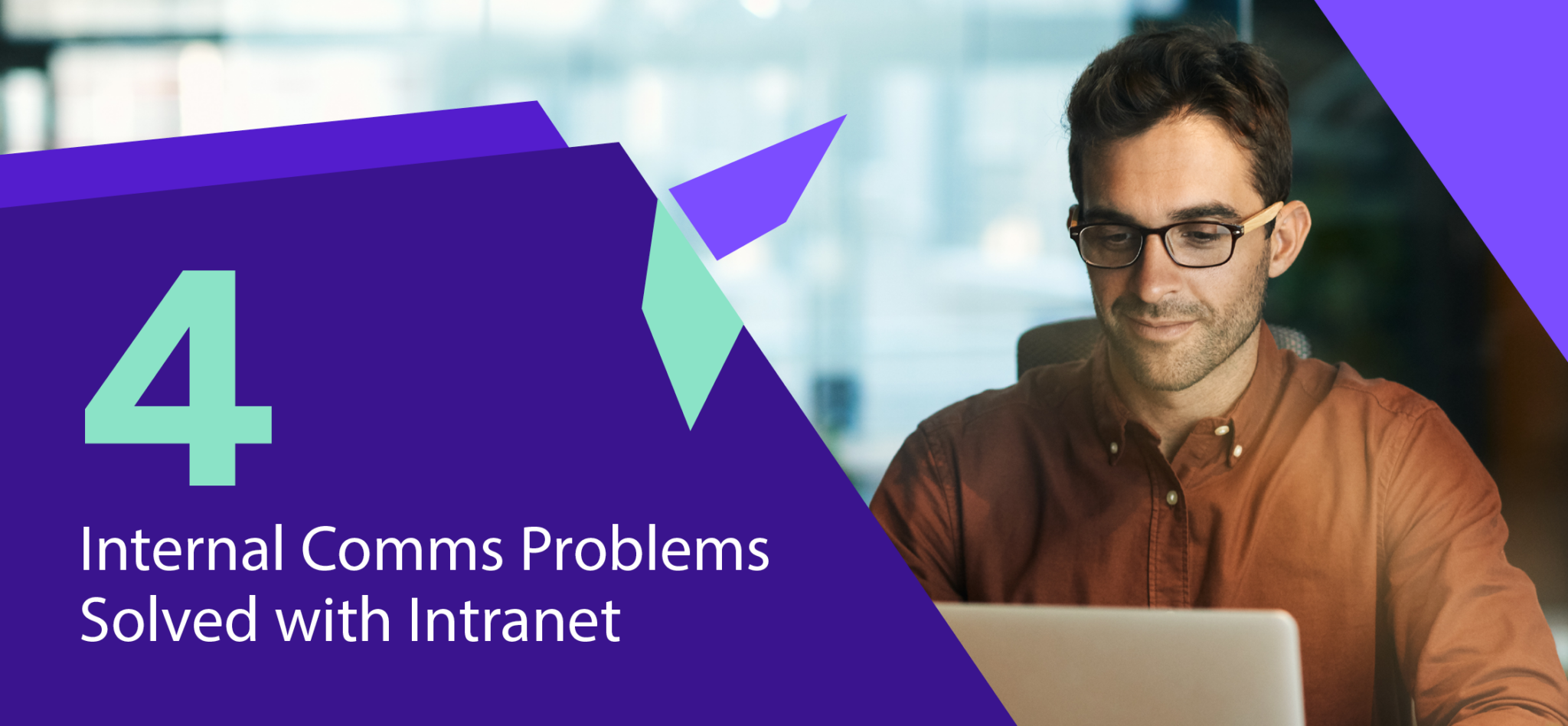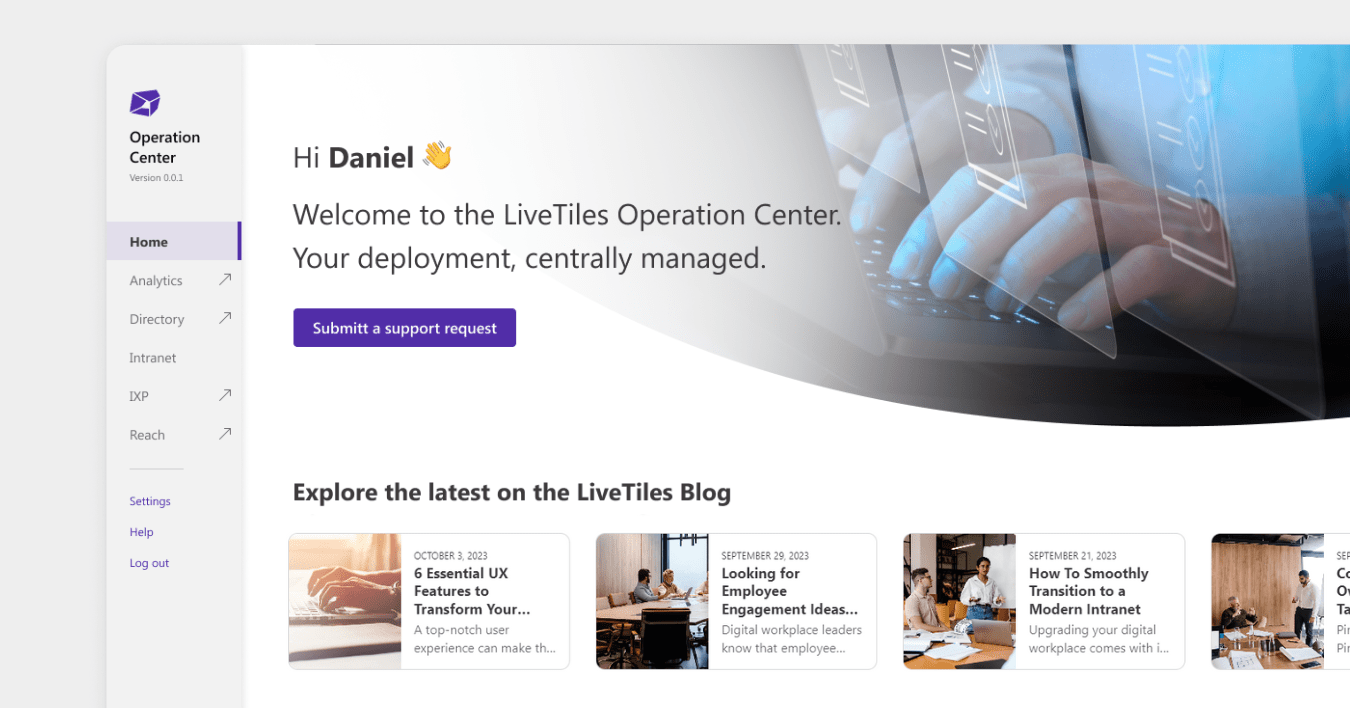The modern workplace is undergoing a digital revolution. Mobile-optimized business software and cloud-based services are blurring the lines between the office and our personal lives. While this offers flexibility, it also raises concerns about maintaining a healthy work-life balance.
Don’t be fooled by constant connectivity – it doesn’t mean working around the clock. The physical separation that once provided a buffer between work and personal life is dissolving. Even the concept of work-life balance is evolving. Cali Williams Yost suggests “work-life fit,” while Dr. Hannah Valantine (quoted in the New York Times) proposes “work-life integration.” So, as you build your digital workplace, how can you help employees maintain a healthy approach to this evolving dynamic? This article dives into these challenges and offers solutions for fostering both productivity and well-being in your digital work environment.
The Impact of Digital Transformation on Work-Life Balance
The Digital Brain Switch Project: This research project examined how employees navigate the digital landscape, highlighting the urge for some to stay connected after hours while others struggle to disconnect.
“We have seen in our research that certain individuals — for example social entrepreneurs as well as those with line management responsibility — experience an urge to go online after hours in their effort to, for example, stay up to date with developments at work. For them, the online environment is a place in which they can engage in both personal and work-related activities. However, some of our participants felt getting ‘sucked in’ and highlighted an emergent need to disconnect, which they did by taking some time away from their electronic devices, oftentimes by taking a walk in the park or by engaging in a social activity with others (e.g. going to the theatre).”
– Dr. Petros Chamakiotis, Lecturer in Information Systems at the University of Sussex, UK, discussing the Digital Brain Switch (@DigiBrainSwitch) project’s findings, October 4, 2016
Building a Digital Workplace with Balance in Mind
Consolidate Your Digital Tools
Provide a central location (intranet, portal, etc.) for all work-related tools, documents, and applications. This reduces distractions and creates a clearer boundary between work and personal online activities.
The findings of the DBS project, as stated above by Dr. Chamakiotis, show that some participants felt “sucked in” to their online tasks and environments and doing more than they intended to, whether personal or for work. Centralize all your employee tools, documents, and applications – on an intranet’s main page, employee portal, or team collaboration site. This reduces the need for workers to juggle multiple tabs or browser windows, minimizing distractions from other parts of the internet.
Even though participants in the DBS project (according to Dr. Chamakiotis) noted that the online environment did not belong to their personal or work lives exclusively, presenting a single online space for work activities can create a kind of boundary between the personal and professional online tasks for those who need or desire it.
Cultivate a Supportive Culture
Encourage employees to maintain healthy boundaries between work and personal life. Foster a culture that respects “disconnection” and offers flexible work arrangements.
Companies looking to evolve digitally but want to help employees maintain a healthy relationship between their work and personal lives should put real effort into fostering company culture that accepts and even encourages personal maintenance of those roles. To reference Dr. Chamakiotis’ quote above, the DBS study found “that certain individuals — for example social entrepreneurs as well as those with line management responsibility — experience an urge to go online after hours in their effort to, for example, stay up to date with developments at work.” Constant digital connectivity fuels a specific set of challenges. Enhancing workplace technology alone won’t solve the feelings and urges that arise for employees in this environment.
The perceived boundaries between work and personal lives
Take this for an example: according to a study cited by the Harvard Business Review, the perceived rigid boundaries between work and personal lives are actually generating more stress for individuals—and showed that having more fluid boundaries between work and personal roles allows employees to handle those cognitive transitions with more ease. The digital workplace loosens boundaries by storing business resources online, allowing employees to work remotely on their own mobile or desktop devices. However, clear lines must be drawn, especially for employees using personal devices for work. We agree with the stance Deloitte takes in a report on the digital workplace and culture: the authors state that enacting digital policies and technologies in the workplace requires a culture that respects employees’ right to switch off at times.
Adopting flex-time programs
Another way that a company can augment its digital workplace culture is through adopting flex-time programs. A New York Times article on work-life balance highlights a case study where a tech department at an anonymous company (nicknamed TOMO) granted employees flexible work schedules. As long as tasks were completed, employees could choose when and where they worked. On the whole, the researchers on the project found that employees offered flexible schedules were on the whole happier and healthier while meeting the same goals as the control group.
In the same article, work-life experts Cali Williams Yost and Rachael Ellison are noted as saying that companies with flexibility options often don’t put enough effort toward making sure employees use those policies. Thus, the culture surrounding a digital workplace needs to ensure that employees are comfortable and supported in negotiating their own work life balance and role-changing, whether through respecting disconnection or through encouraging flexible work arrangements, or any other method that suits a particular business or industry.
Technology Can Help (to an Extent)
While fostering a supportive culture requires human intervention, technology can play a role in consolidating your digital workplace.
This software integrates with SharePoint and Office 365, offering a user-friendly interface for your team’s digital tools and resources.
Building a supportive culture and fostering accountability requires more than technology. However, software can help you consolidate your digital workplace by bringing all those disparate tools, apps, and files together into a user-friendly interface. One of these, LiveTiles, can sit on SharePoint or Office365 and run as a cloud software hosted by Microsoft Azure. Whatever the size or needs of your team, LiveTiles’ drag and drop tools allow you to quickly turn out gorgeous customized pages for productivity and collaboration.
Achieving a harmonious relationship between the personal and work-based parts of your life can get tricky, especially given the permanent presence of always-on mobile technology. For a burgeoning digital workplace, creating a centralized and usable online location for your business tools as well as cultivating a culture that supports employees negotiating their own transitions are two important elements that might help create a healthy organizational work life balance. The struggle to balance work and personal life isn’t new, but digital integration has transformed it into a unique challenge.

